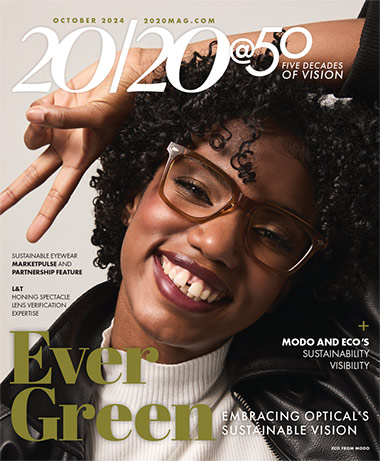
July 4th celebrations are a rite of midsummer with fireworks as the grand finale. But the thousands of eye injuries from fireworks every year make for a different type of finale. UAB Medicine News cites the following statistics: 1 in 5 fireworks injuries involve some type of eye trauma; 1 in 3 eye injuries from fireworks results in blindness in the injured eye; the most common eye injury from fireworks is a burn to the eye surface; and only 10 percent of people treated for fireworks injuries said they were using protective eyewear. There’s more. During the past 25 years, 65 percent of people injured by fireworks were not using them, they were bystanders; kids and teens ages 10 to 19 are almost two times more likely to be injured by fireworks than the general population; when fired horizontally, a bottle rocket travels fast enough to cover the length of a football field in just one second; and even minor eye injuries from fireworks should be treated immediately to prevent further damage or infection, yet almost half of patients waited 12 to 18 hours before going to an emergency room.
Surprisingly, many people consider sparklers safe for young children to play with, but about 15 to 30 percent of fireworks injuries among children are caused by sparklers, with about 60 percent of those injuries caused by burns. The 1,800 to 2,700 degrees Fahrenheit heat of sparklers isn’t the only danger. Tiny particles from sparklers lose heat fast and may not be hot when they reach the eye, but they still can leave behind burned flecks of powdered metal.
Experts at Johns Hopkins recommend that fireworks are handled only by professionals and watched at a distance of at least 500 feet, behind safety barriers. (Professional public displays are certainly safer than backyard antics!) They also recommend safe substitutions for fireworks for children such as glow sticks and other glow-in-the-dark toys. In the event of a fireworks-related eye injury, the experts say to seek medical attention immediately, avoid rubbing or rinsing the eyes or applying pressure, and do not remove any object from the eye, apply ointments or take any pain medication before consulting a trained medical professional. UAB Medicine adds that most fireworks-related eye injuries cannot be properly treated at home, so seeking immediate medical help is the safest response.
We all want to enjoy the star-spangled celebrations of July 4th, and so do our patients. Staying safe will ensure we’ll see and delight in many more. You can learn more about eye safety, especially for children, with our CE, “Active Eye Defense” at 2020mag.com/ce.
• Linda Conlin
Pro to Pro Managing Editor
[email protected]












